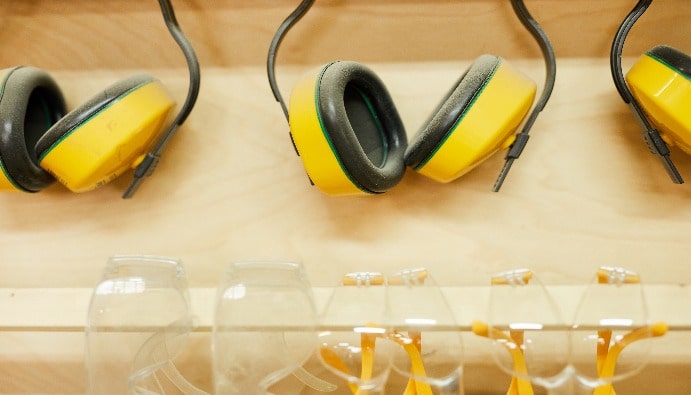
BLOG
KATEGORİDEKİ DİĞER YAZILAR

Occupational health and safety (OHS) can be defined as practices to protect all employees in the work environment based on laws, regulations and communiqués. The aim of the measures taken is to prevent health problems and occupational risks arising from the work environment.
Many environmental measurements are carried out within the scope of occupational health and safety (OHS). One of these measurements is “Dust Measurements”.
Dusts are small particles that are usually airborne and, when inhaled, can accumulate in the lungs and cause a variety of health problems. When workers are exposed to prolonged and intense dust exposure, they may experience the following health problems:
Adverse Health Effects:
Solid particles below 300 microns are called dust. Dust measurements are carried out in order to prevent the negative effects of dust that may occur in workplaces on employees. In general; dust measurements should be carried out in mines, machining, furniture manufacturing, glass, ceramics and workplaces where cutting, polishing and sanding operations are carried out.
The damages of a person working in dusty environments can be listed as follows. First of all, the field of vision decreases, work efficiency decreases and most importantly, it causes occupational diseases. The formation and inhalation of 0.5 - 5 micron-sized dust in the environment causes a disease called pneumoconiosis.
Measuring dust exposure in workplaces is an important step to protect workers' health. Dust measurements can be made by various methods.
Main Dust Measurement Methods:
Nanolab Laboratories Group continues to provide services within the scope of Dust Measurements in the Working Environment. We also provide services in OHS Noise Measurements.
Contact us for more information.
You can follow us on LinkedIn for up-to-date news and posts about our services.
Follow our Instagram account to be informed about our latest blog posts.